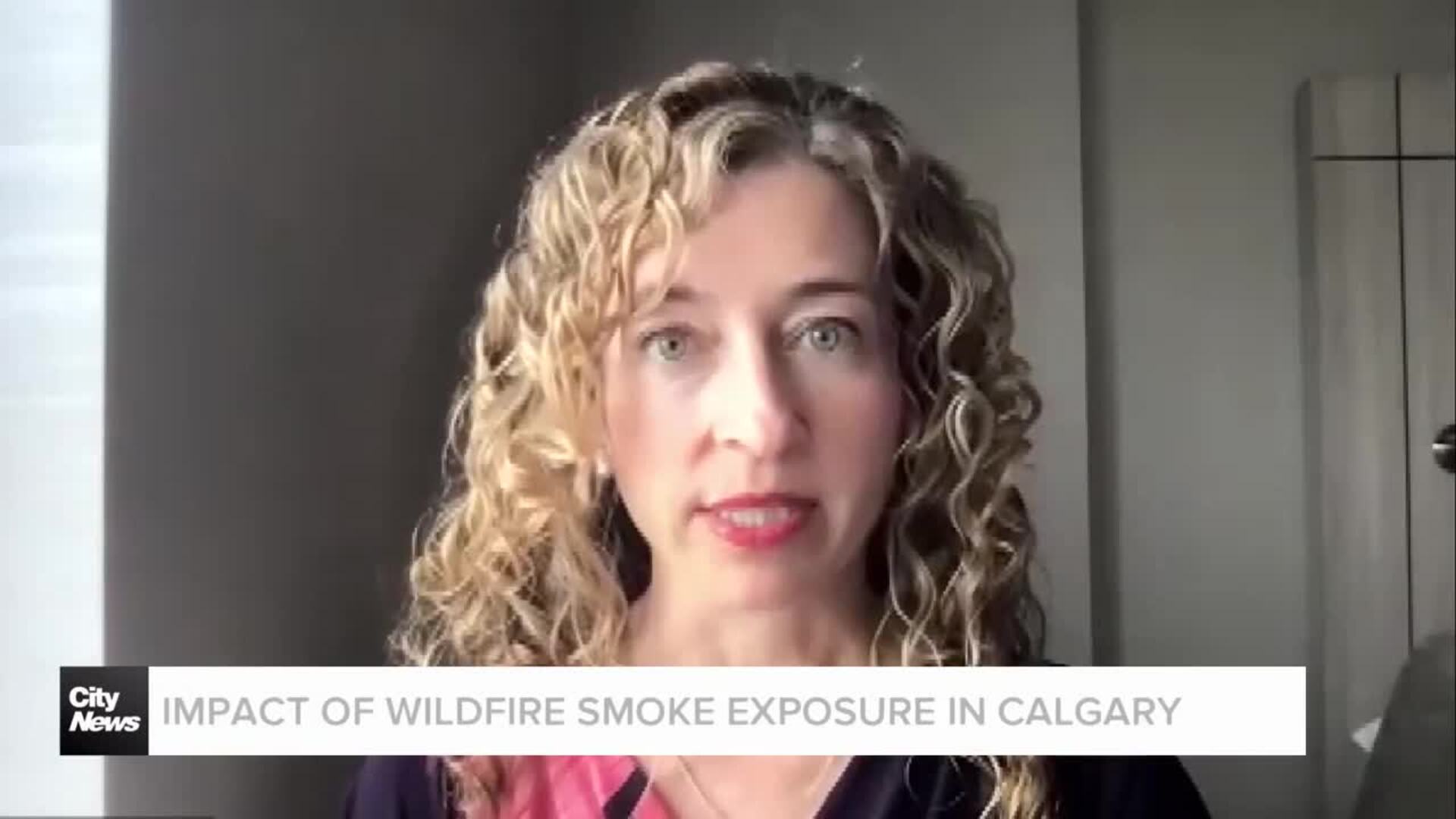News
Calgary Faces Air Quality Warnings as Wildfires Ignite Across Alberta

Calgary is experiencing smoky conditions, and authorities are warning residents about the impact on air quality. As of 7 a.m., the city’s Air Quality Health Index (AQHI) rated at a concerning 7, indicating a high risk for health impacts related to air quality.
Looking ahead, the AQHI is forecasted to slightly improve to 6 on Tuesday, still falling within the moderate risk category, before settling at a 5 on Wednesday. This deterioration in air quality coincides with ongoing wildfires in various parts of Alberta.
While Environment Canada has issued air quality warnings for most of Alberta, it’s worth noting that Calgary itself has not been included in this specific statement. Nevertheless, the national agency warns that wildfire smoke is contributing to poor air quality and decreased visibility in many regions, affecting not just Alberta but also parts of Saskatchewan.
Further complicating matters, a special air quality statement is currently active for eastern British Columbia, adding more smoke to the already challenging conditions in neighbouring provinces. In the meantime, Calgary is also under a heat warning, which means residents are facing multiple risks to their health and comfort.
In related news, the wildfires are not only causing concern in Alberta. Just last night, multiple blazes flared up in Jasper National Park. This sudden escalation of wildfires forced park visitors and approximately 4,700 residents living in the Jasper townsite to evacuate westward under precarious circumstances. Those evacuating had to navigate mountainous roads through darkness, soot, and ash.
The Emergency Management officials have been working tirelessly to ensure the safety of all those affected by this crisis, but the rapidly changing conditions have created significant challenges. Many residents have expressed shock and concern over the speed at which the situation escalated.
As the local population grapples with the repercussions of this disaster, discussions are occurring about the underlying issues that contribute to such intense fire events in the region. It is becoming increasingly apparent that climate change is playing a crucial role in the frequency and intensity of wildfires.
Back in Calgary, residents are advised to stay indoors as much as possible, especially those who may have respiratory issues. Environment Canada continues to monitor the situation closely and is updating the public regularly as conditions evolve. While the city remains out of the red zone for air quality alerts, the high-risk levels are cause enough for concern.
Health officials recommend wearing masks when outside, particularly for vulnerable populations, including the elderly and those with pre-existing health issues. Thousands of people are choosing to stay indoors, relying on air purifiers and avoiding outdoor activities until conditions improve.
This rising smoke and heat situation serves as a reminder of how interconnected our environments are; wildfire events in one province can easily affect air quality hundreds of kilometers away. Residents across the province and beyond are hoping for favorable weather conditions to assist firefighting efforts and restore air quality to normal levels.
Amid these challenges, the community is coming together, with local organizations looking for ways to support those affected by the fires. Fundraisers and awareness campaigns are being initiated to assist evacuees and firefighters alike.












